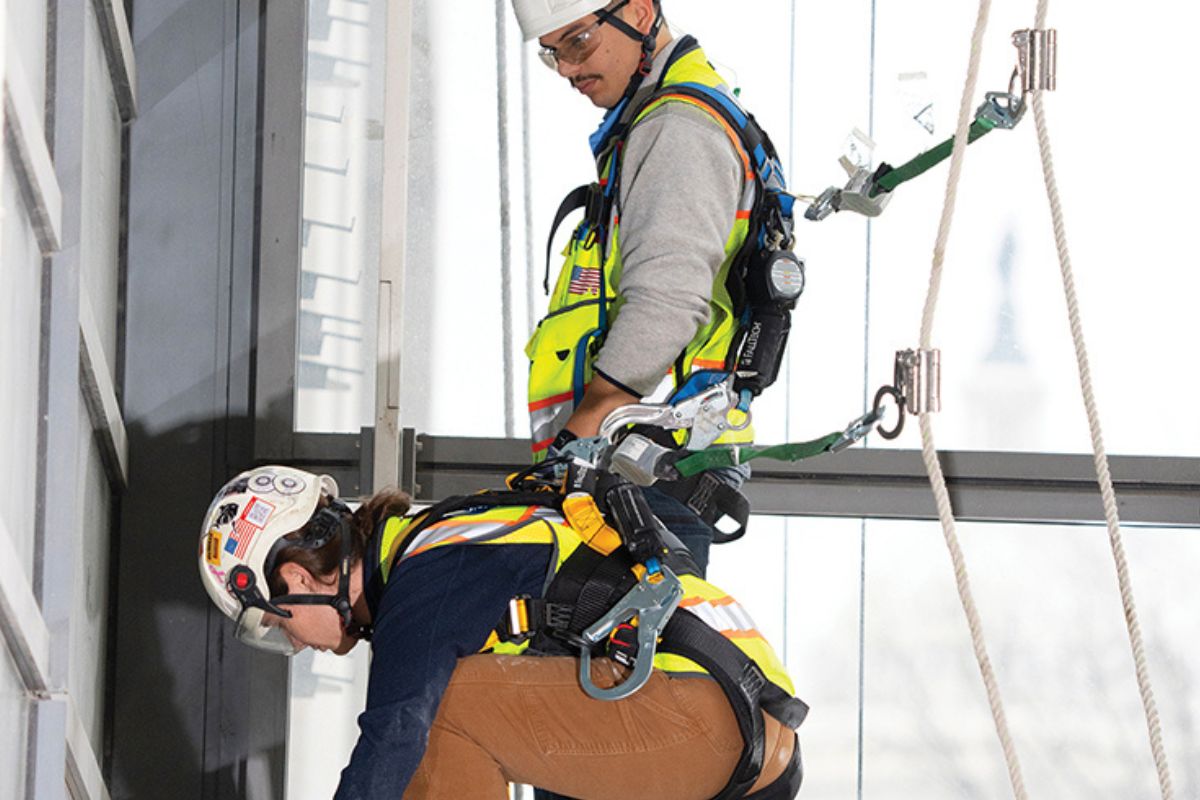When it comes to workplace safety, one of the most important measures that employers can take is to provide adequate fall protection for their workers. Falls are one of the leading causes of workplace injuries and fatalities, and many of these incidents can be prevented through the implementation of proper safety protocols and equipment.
Understanding the importance of fall protection in the workplace is crucial for both employers and employees. For employers, providing a safe working environment not only protects their workers but also reduces the risk of costly workers’ compensation claims and potential legal liabilities. For employees, fall protection measures ensure that they can work confidently and safely, without fear of injury or death.
One of the primary ways to prevent falls in the workplace is to implement engineering controls. These may include the use of guardrails, safety nets, and other physical barriers that prevent workers from falling from elevated surfaces. In addition, personal protective equipment (PPE) such as harnesses, lanyards, and anchor points can provide additional protection for workers who may be working at heights or on unstable surfaces.
It’s also important for employers to provide proper training and education to their employees on the importance of fall protection and how to properly use safety equipment. Workers should be trained to recognize potential fall hazards and to use fall protection equipment properly to ensure maximum safety.
Moreover, proper inspection and maintenance of fall protection equipment is crucial to its effectiveness. Regular inspections of equipment and surfaces can identify potential hazards and prevent accidents before they occur. Additionally, any damaged or worn-out equipment should be replaced immediately to avoid compromising the safety of workers.
Takeaway
Fall protection is not just a “nice-to-have” in the workplace, but a crucial element in ensuring the safety and well-being of employees. As an employer, it’s your responsibility to provide a work environment that minimizes the risk of falls and related injuries. And while implementing fall protection measures may seem daunting, it’s a small investment that can pay huge dividends in the form of reduced workers’ compensation claims, improved productivity, and most importantly, saved lives.
By putting in place proper safety protocols, such as the use of guardrails, safety nets, and other physical barriers, employers can create a safer working environment for their employees. Personal protective equipment, such as harnesses, lanyards, and anchor points, can also provide an additional layer of protection for workers who are at risk of falling from elevated surfaces or working on unstable ground.
But, ensuring employee safety is not just about providing equipment and training them on how to use it. It’s about creating a safety culture within the workplace. Employers should actively promote safety awareness and encourage employees to report any potential hazards they identify. Moreover, employers must regularly inspect and maintain fall protection equipment to ensure its effectiveness.
When it comes to workplace safety, there is no room for complacency. By prioritizing fall protection, employers can protect their most valuable asset, their employees. Ultimately, a commitment to fall protection measures sends a clear message that employee safety is a top priority, which can lead to a more engaged and productive workforce. So, don’t wait until an accident occurs; invest in fall protection measures today to ensure a safer and more secure workplace tomorrow.











